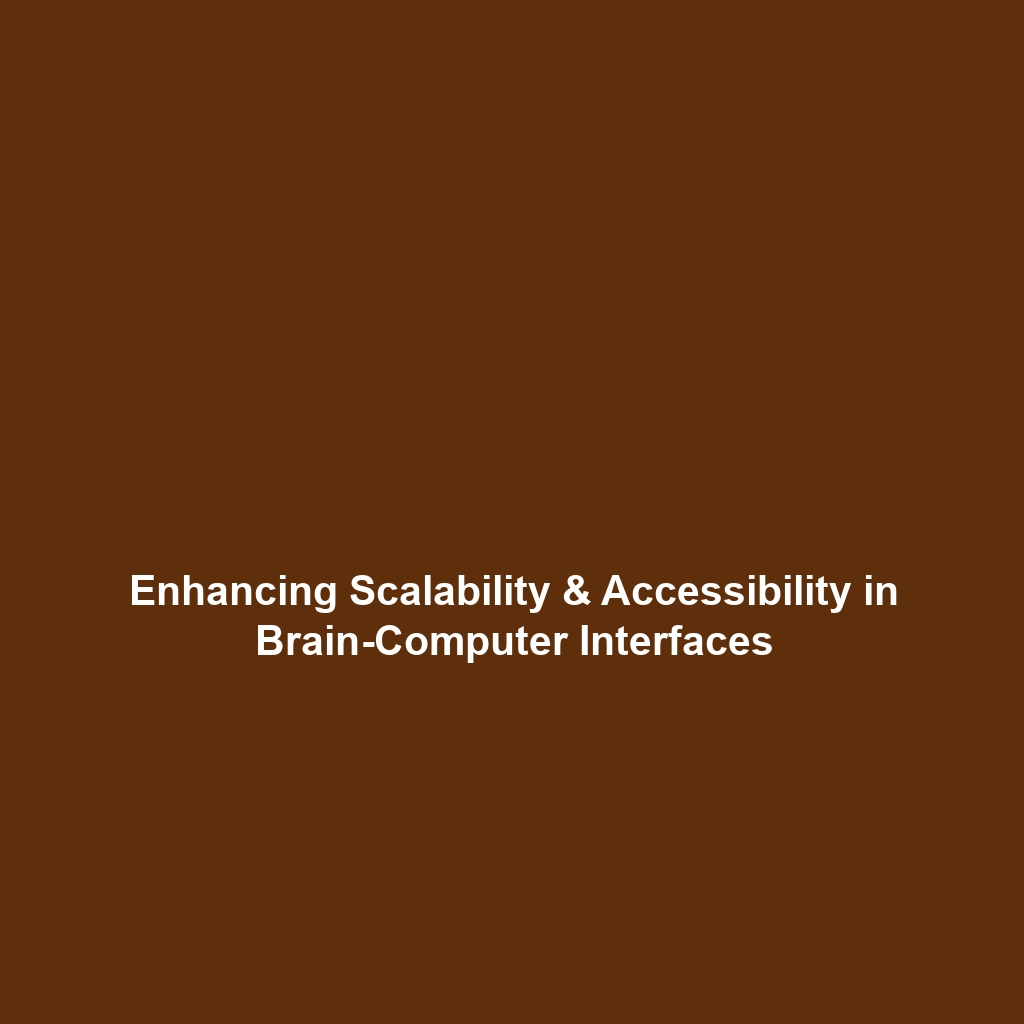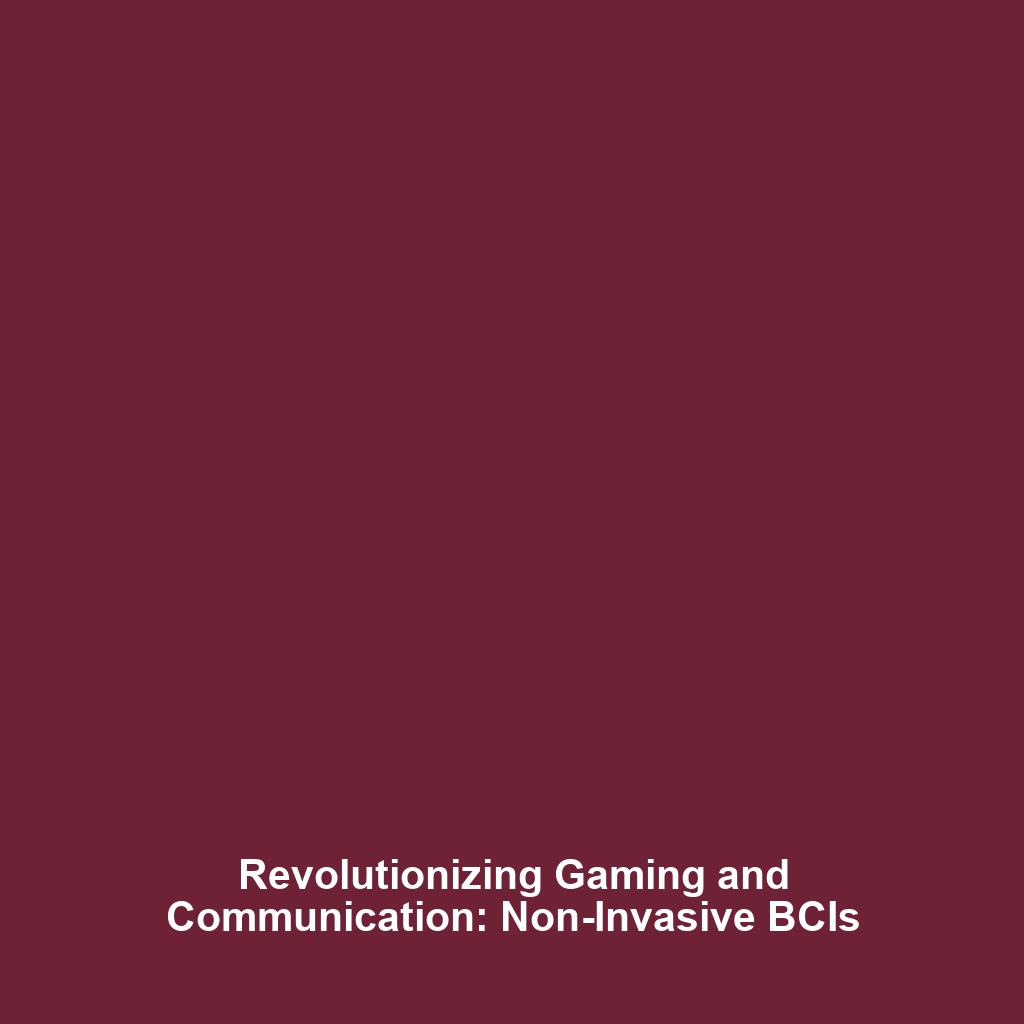Sensory Feedback in Brain-Computer Interfaces
Introduction
Sensory feedback plays a crucial role in enhancing the functionality of Brain-Computer Interfaces (BCIs), particularly in restoring the sense of touch and proprioception through advanced prosthetic devices. As technology rapidly evolves, BCIs are becoming integral to rehabilitation and assistive technologies for individuals with sensory deficits. This article explores the significance of sensory feedback in BCIs, how it operates, and its transformative potential in improving the quality of life for users.
Key Concepts
Understanding Sensory Feedback
Sensory feedback refers to the information conveyed from external devices to the user’s sensory systems, enabling the perception of touch and proprioception. In the context of BCIs, this involves sending electrical signals from prosthetic devices to the brain, allowing users to perceive sensations as if they were originating from their own limbs.
Mechanisms of Action
Advanced BCIs utilize a variety of mechanisms to achieve sensory feedback:
- Neural Decoding: Interpreting brain signals to determine intended movements.
- Electrical Stimulation: Delivering stimuli to specific brain regions associated with touch.
- Multi-modal Feedback: Combining tactile, auditory, and visual cues for a holistic sensory experience.
Applications and Real-World Uses
The applications of sensory feedback in BCIs are diverse and impactful, especially in medical and assistive contexts. Notable examples include:
- Prosthetic Limbs: Users can feel textures and pressure through advanced bionic hands equipped with sensory feedback systems.
- Neuroprosthetics: Devices that restore sensory functions in individuals with spinal cord injuries.
- Rehabilitative Devices: Systems that offer sensory feedback during rehabilitation, promoting neural pathways re-establishment.
These innovations illustrate how sensory feedback is revolutionizing the category of Brain-Computer Interfaces.
Current Challenges
Despite the promise of sensory feedback in BCIs, several challenges persist:
- Signal Interpretation: Accurately interpreting neural signals remains complex and time-consuming.
- Device Integration: Ensuring seamless integration of sensory feedback into existing prosthetic systems.
- Long-term Efficacy: Evaluating the long-term performance and reliability of sensory feedback mechanisms.
Future Research and Innovations
Ongoing research is paving the way for groundbreaking innovations in sensory feedback within BCIs. Future directions include:
- Enhanced Neurosensors: Development of ultra-sensitive sensors to capture minute changes in neural activity.
- Biocompatible Materials: Innovations in materials that improve the integration of BCIs with human tissues.
- AI and Machine Learning: Utilization of artificial intelligence to improve the accuracy of sensory feedback and user experience.
These advancements are set to redefine the landscape of Brain-Computer Interfaces, promising a future where sensory feedback is more precise and responsive than ever.
Conclusion
Sensory feedback is a vital component in enhancing the capabilities of Brain-Computer Interfaces, particularly for restoring the sense of touch and proprioception. As researchers continue to overcome the challenges associated with this technology, the potential for real-world applications grows. For those interested in learning more, explore our informative resources on future BCI improvements and the importance of sensory feedback in medical technology.




